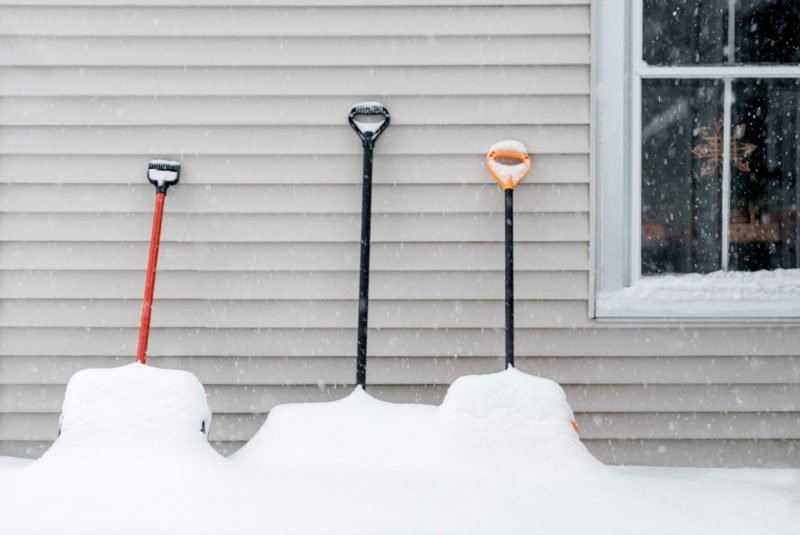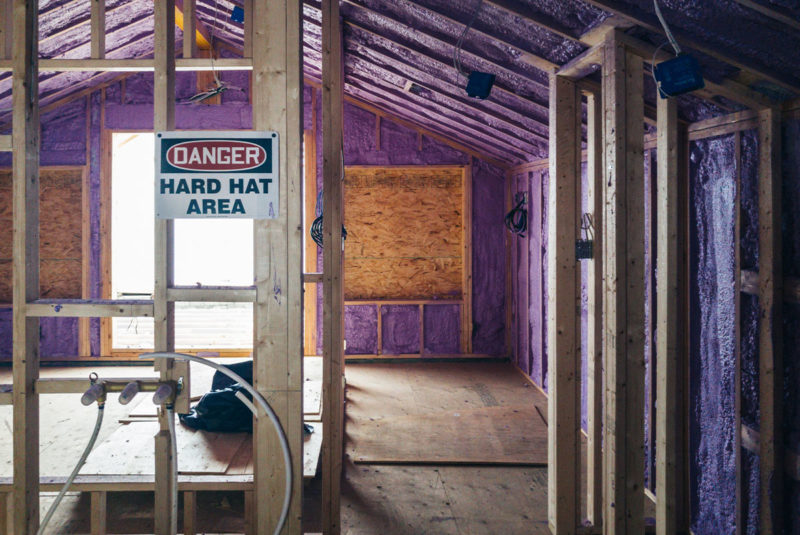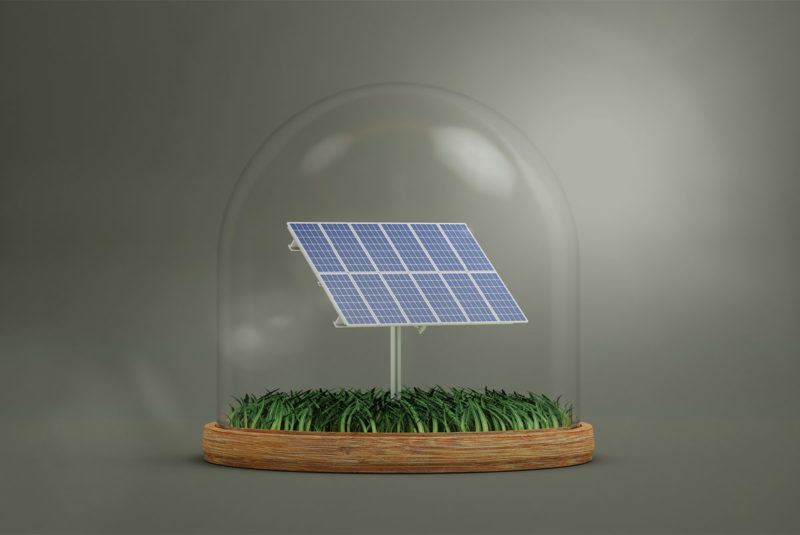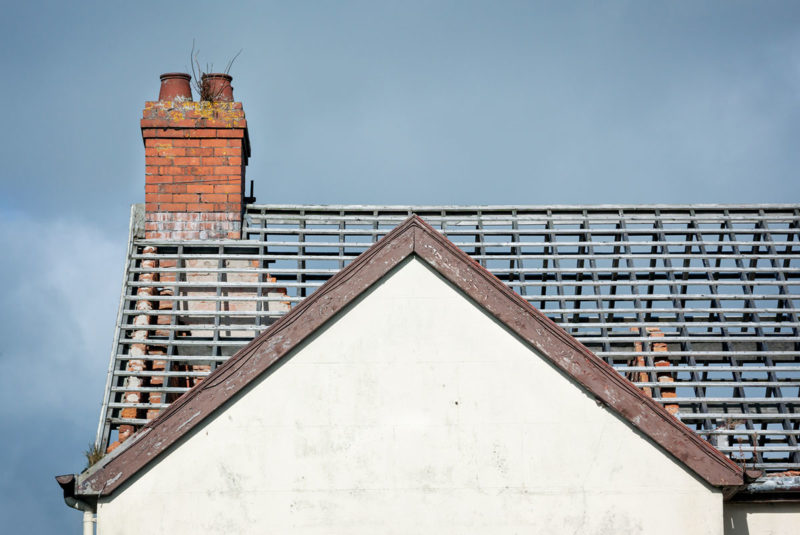Explore your mortgage options
Eyeing a home improvement project? Many people turn to home improvement loans to finance their projects.
We’ll go over the different types of home improvement loans and how they work. We’ll also go over how to go about getting a home improvement loan so that you’re ready to take action if you decide getting one makes sense for your situation.
Need Funds for Home Improvements?
Apply for a home improvement loan from Rocket LoansSM and start planning your next renovation project.
Checking your options won’t affect your credit score.
What Is a Home Improvement Loan?
A home improvement loan is any loan you take out to cover the costs of home repairs, upgrades, remodels, additions and other renovations.
“Home improvement” is a descriptive term for what the loan will be used for rather than a strict definition of the loan type itself. There are several different types of home improvement loans that you can choose from.
Some home improvement loans, such as home equity loans, require you to borrow against the equity you’ve built in your home. Other types, like unsecured personal loans, can be taken out to fund home improvements without any collateral.
Types of Home Improvement Loans
Here are some of the most common types of home improvement loans and how they work.
Personal loan
Personal loans are one of the most popular home improvement loans. They usually come as unsecured installment loans. That simply means you don’t need to make a down payment or put down collateral in order to get the loan.
With a personal loan, you’ll get your loan funds as a lump sum, usually $2,000 – $50,000. You pay it back, plus interest, in monthly payments with a fixed rate over a set repayment term, typically 1 – 7 years.
One reason that personal loans are popular is that you can access the loan funds quickly, sometimes as fast as one business day.
Cash-out refinance
A cash-out refinance (or cash-out refi) replaces your current mortgage with a new one for more money than you owe. You get the extra money as a lump sum to use for whatever you’d like.
In general, you’ll need at least 20% equity in your home to qualify for a cash-out refi. Most lenders will let you borrow up to 80% – 90% of your home equity, but this varies by loan type. Depending on the value of your home and how much equity you have, that can be a substantial amount of money.
One of the downsides of a cash-out refinance is that you’ll need to pay closing costs and fees on the new mortgage. Depending on how much you borrow, you also may end up needing to pay private mortgage insurance (PMI).
Home equity loan
A home equity loan is a type of second mortgage that lets you tap the equity you’ve built up in your home. It uses your home as the loan’s collateral, so it’s a secured loan.
With a home equity loan, you get your loan funds as a lump sum of up to 85% of your home’s equity. The borrower repays the loan, plus interest, in fixed installments over a set repayment term, usually 5 – 15 years.
One of the advantages of home equity loans is that because they’re secured loans, the interest rate tends to be lower than personal and other unsecured loans. However, keep in mind that you’re taking out another loan entirely. That means you’ll have two monthly mortgage payments to make.
Home equity line of credit (HELOC)
Think of a HELOC as a sibling to a home equity loan. They’re both second mortgages that leverage your home’s equity. However, there are key differences between a HELOC and a home equity loan.
A HELOC typically has a variable interest rate, meaning it can fluctuate any time the market rate changes following an introductory rate period. Instead of getting a lump sum, you get an amount of money you can borrow from, as you need, and only pay interest on what you borrow.
A HELOC has two periods. The first is a draw phase where you’re free to borrow against the line of credit, typically 10 – 15 years, and you only have to make payments on any interest owed. When the draw period ends, a repayment period of up to about 20 years begins. This is when you pay back the loan principal and outstanding interest.
Government-backed loans
The Federal Housing Administration (FHA) and United States Department of Agriculture (USDA) back loans earmarked for home improvement. They are available through approved banks, credit unions and online lenders.
Here are the most common government renovation loans:
- FHA 203(k) loan: The FHA 203(k) loan, also known as the “federal fixer-upper” loan, allows borrowers to purchase a home and includes funds for upgrades and renovations.
- FHA Title 1 property improvement loan: This is another type of renovation loan. Borrowers can get up to $7,500 in unsecured funding. To borrow more, you’ll need to mortgage the property or provide a deed of trust as collateral.[1]
- USDA 504 home repair loan: This loan is for repairs, improvements, upgrades or safety and health-related renovations in rural homes. Applicants must make no more than 50% of the area’s median income and live in an eligible rural area.
How To Get a Home Improvement Loan
Depending on the lender and exact loan type, qualifications for a home improvement loan will vary. But regardless of the loan type you apply for, the general process will be the same.
Home Improvement Is Worth It
Prequalify for a personal loan from $2,000 to $45,000 from Rocket LoansSM and make your dream home a reality.
1. Assess your financial situation
Before applying for one of the home improvement loans, you’ll need to know how much you are qualified to borrow and what type of loan you’re interested in applying for.
Here are some tips to help you prepare:
- Check your credit score and debt-to-income (DTI) ratio: Lenders may review both your DTI ratio and your credit history depending on what you’re applying for. Knowing where you stand should give you an idea of what you might qualify for.
- Check the loan limit against your project budget: How expensive are the upgrades you plan to make to your home? You need to compare the loan limit to the project budget to ensure the loan you’re interested in can cover the cost of the project.
2. Talk to multiple lenders
Before choosing a lender, you should speak to multiple lenders that offer the type of loan you’re interested in. Take the time to ask them any questions you have about the loans and especially the repayment terms.
Talking to multiple lenders about the same product will also give you a chance to compare annual percentage rates (APR). This is a rate that effectively shows how much it will cost you to borrow money for a year by combining the interest rate a lender charges with their fees.
3. Apply for the loan
Once you’ve chosen a lender and decided on the type of home improvement loan you’re interested in, it’s time to apply for the loan.
The lender will ultimately review your application and come to a decision on whether or not to issue the loan. The specific factors that go into that decision vary depending on the type of loan you apply for.
Regardless of the loan type, you’ll need to provide some supporting documentation. This can be as simple as proof of identity and address, but you may also need to provide W-2s, bank statements and tax returns.
4. Receive the funds
Once you’ve submitted the application, the lender will process it and decide whether to issue you the loan or not.
The timeline here varies depending on the lender you choose, the type of loan you applied for and how you asked for the funds to be disbursed. For example, it can take longer for a check to be issued than it would to receive a direct deposit.
Once the funds have been released to you, you’re free to spend them on your home improvement project as you see fit.
5. Pay back the loan
It doesn’t matter the type of loan you get, how much it’s worth, or how you spend the funds, eventually, you’ll need to pay back the loan. Your exact repayment terms will be negotiated between you and the lender before the funds are released to you, so make sure you completely understand what repayment will look like before accepting the loan.
Final Thoughts on Home Improvement Loans
Getting the home upgrades you want requires some lender comparison shopping as well as deciding which home improvement loan best suits your decor dreams and budget.
Take your time. Research all of your options. Get the right loan and the lowest rate. And maybe pick that saw back up – or get a contractor to do the work for you!
Get Cash Fast
Rocket LoansSM offers same-day funding for personal loans. Get prequalified and get the cash you need, fast.
The Short Version
- A home improvement loan is any loan you take out to cover the costs of home repairs, upgrades, remodels, additions and other renovations
- You can finance home improvements with a personal loan, home equity loan, cash-out refinance, government-secured loan or credit cards
- To get a home improvement loan, you’ll generally need a credit score of at least 620, but exact credit requirements depend on the lender
U.S. Department of Housing and Urban Development. “About Title 1 Property Home Improvement Loans.” Retrieved October 2023 from, https://www.hud.gov/program_offices/housing/sfh/title/ti_abou




